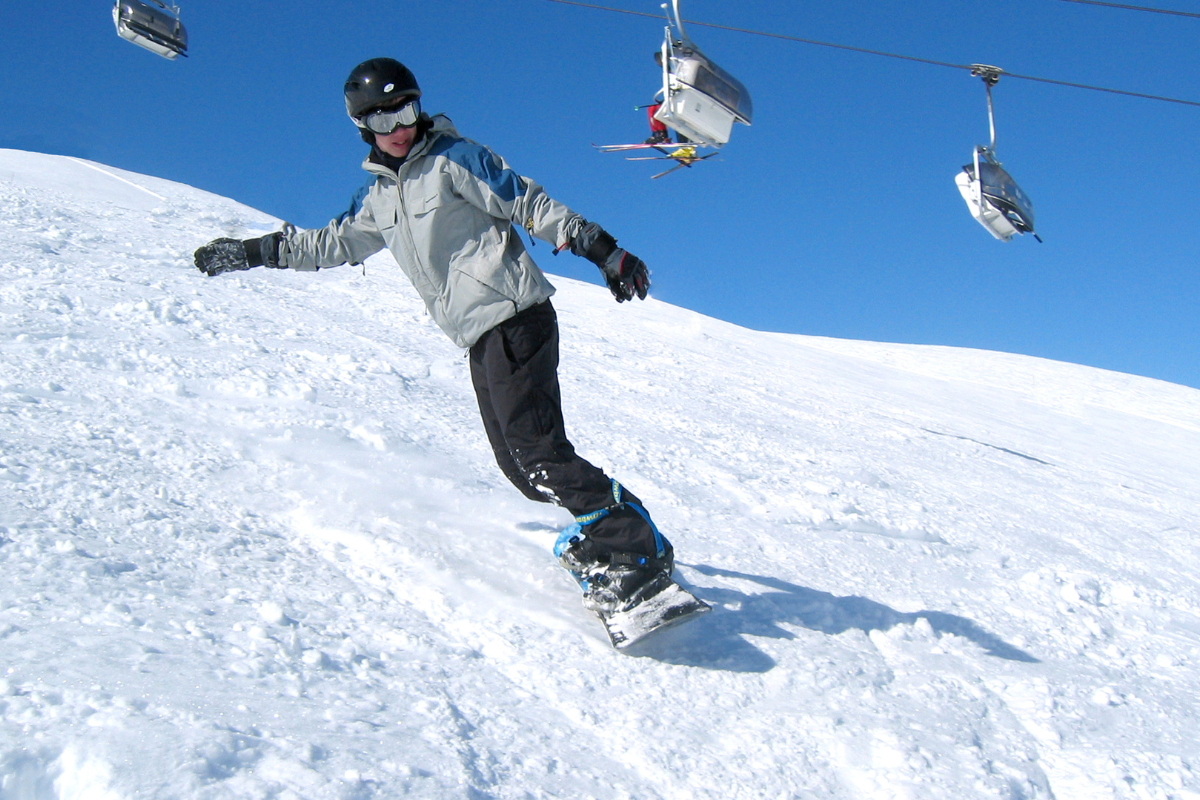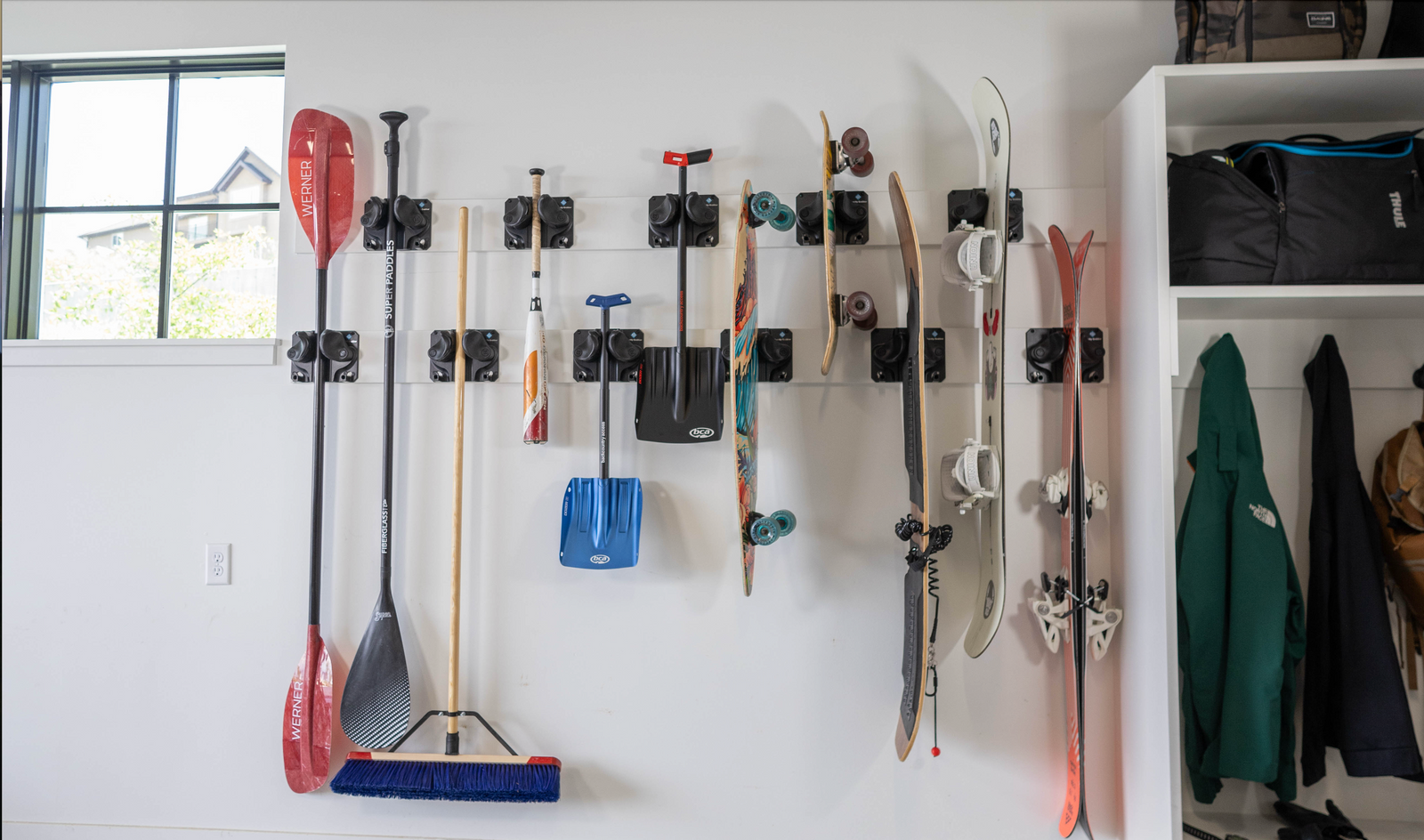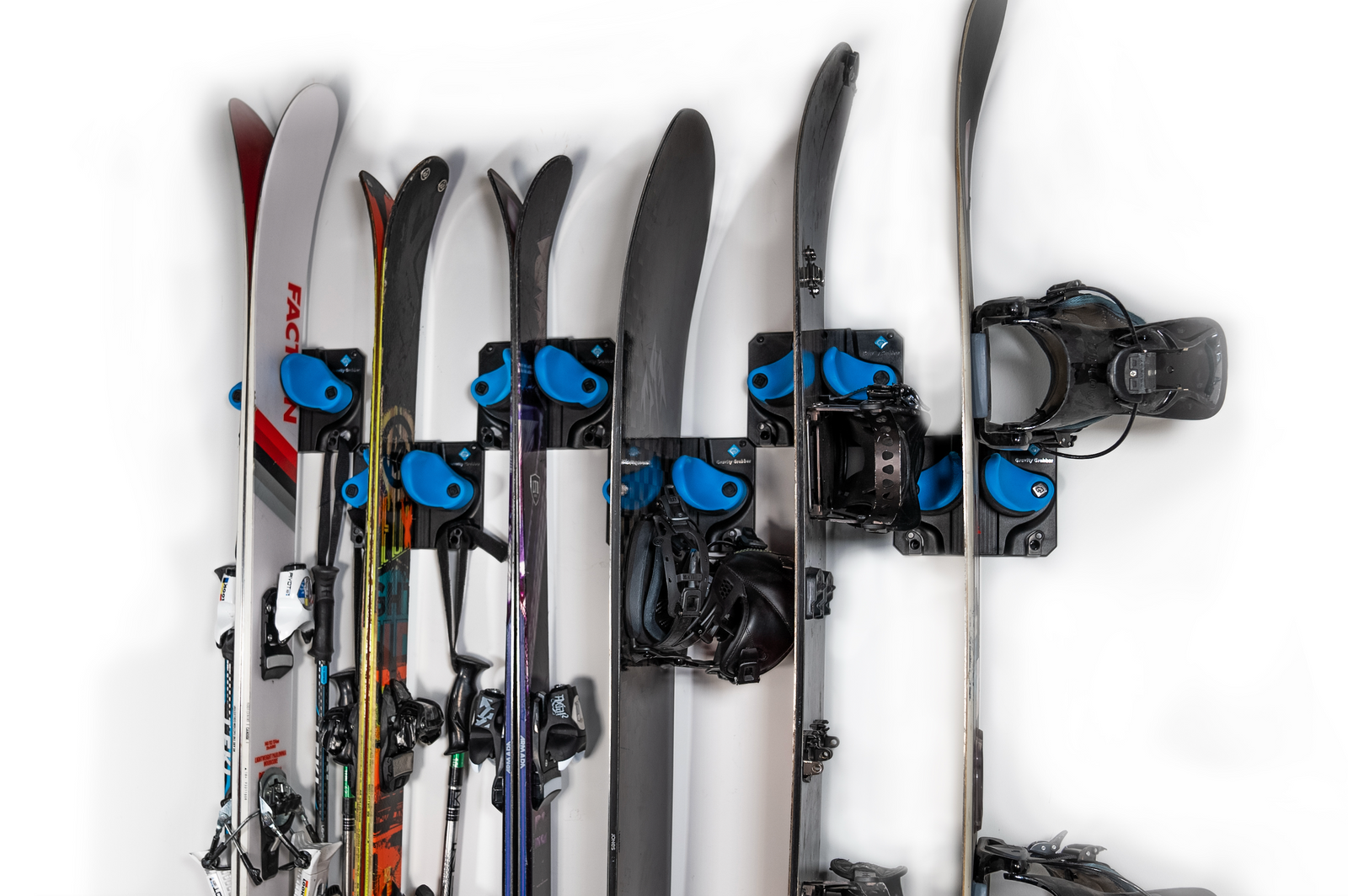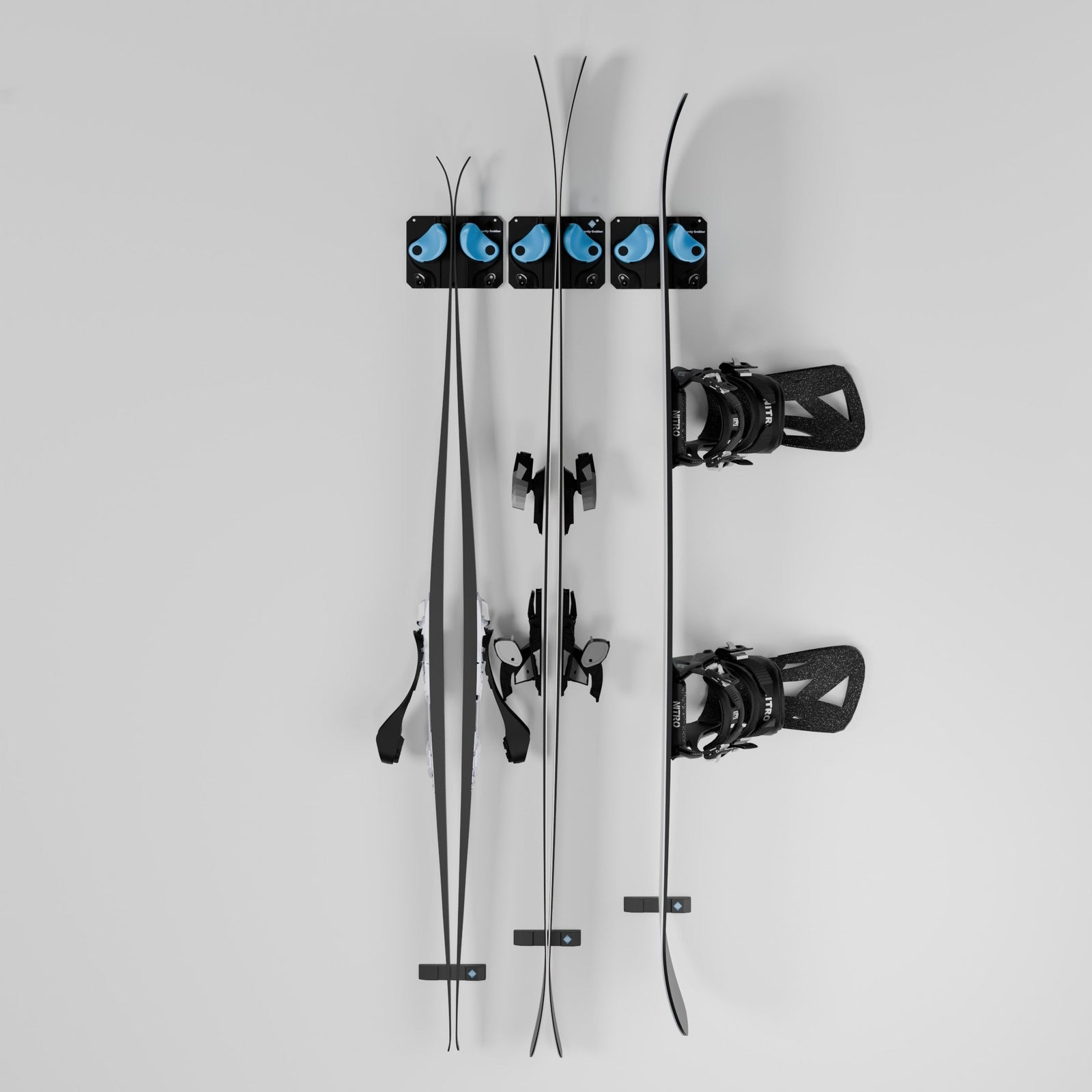Finding the right snowboard stance is one of the most important steps to riding comfortably and confidently.
Your stance affects everything from balance and control to how quickly you can turn and how stable you feel on different terrain. Whether you're a beginner setting up your first board or an experienced rider fine-tuning your setup, dialing in your stance can make a huge difference in your performance on the mountain.
Here’s a complete guide to understanding snowboard stance and how to find the setup that works best for you.
What Is Snowboard Stance?
Your snowboard stance is the way your feet are positioned on the board. It includes three main factors:
-
Stance width (how far apart your bindings are)
-
Binding angles (the degree your toes point outward or inward)
-
Stance direction (whether you ride regular or goofy)
These small adjustments work together to create a setup that feels natural and helps you maintain balance, generate power, and adapt to different types of riding.
Determining Your Stance Direction: Regular or Goofy
First, figure out which foot you naturally prefer to have forward.
-
Regular stance: Left foot forward
-
Goofy stance: Right foot forward
If you're unsure, a simple test is to have someone gently push you from behind. Whichever foot you naturally step forward with to catch yourself is likely your front foot. You can also think about which foot you lead with when kicking a ball or sliding on ice.
Setting the Right Stance Width
Stance width is the distance between your two bindings.
A general rule of thumb:
-
Your stance width should roughly match the width of your shoulders.
-
A slightly wider stance can offer more stability (great for freestyle and park riding).
-
A slightly narrower stance can make turning and carving easier (common for all-mountain and freeride setups).
Most riders find their ideal stance width falls between 18 and 22 inches, but personal comfort is the most important factor.
Adjusting Binding Angles
Binding angles determine how your feet point relative to the board’s length.
Common setups include:
-
Duck stance (freestyle riders): Front foot angled slightly forward (e.g., +15°), back foot angled slightly backward (e.g., -6° to -15°). This symmetrical setup allows easy switch riding.
-
Directional stance (all-mountain/freeride riders): Front foot angled forward (e.g., +15° to +21°), back foot less angled or neutral (e.g., 0° to +6°). This offers more stability at higher speeds and when carving.
-
Beginner stance: A mild duck stance (e.g., +15° front, -6° back) gives beginners a balanced, forgiving setup that makes learning easier.
Remember, binding angles are personal. Try small adjustments and ride to see what feels most natural.
Centered vs. Setback Stance
-
Centered stance: Both bindings are centered between the tip and tail of the board. Best for park riding, freestyle, and all-mountain versatility.
-
Setback stance: Bindings are mounted closer to the tail. Setback is common for powder and freeride boards, giving more float in deep snow and better directional control.
Check your board’s insert pattern—some all-mountain and powder boards are designed with a natural setback, so your default binding mount points might not be perfectly centered.
Tips for Dialing in Your Stance
-
Start with a basic setup: Something like +15° front, -6° back, shoulder-width apart.
-
Make small changes: Adjust width or angles by a few degrees or inches at a time and test them out.
-
Listen to your body: Discomfort in knees, hips, or ankles often means your stance needs adjustment.
-
Experiment for your style: Freestyle, freeride, and all-mountain riders often prefer different stances. Don’t be afraid to tweak your setup as you grow and change as a rider.
Get Comfortable and Ride Better
Finding the right snowboard stance is about feeling balanced, comfortable, and in control.
Take the time to experiment with width, angles, and positioning until your board feels like a natural extension of your body. The more comfortable you are with your stance, the more confident you'll be—whether you're carving down groomers, hitting jumps, or floating through powder.
Because a good ride starts with the right foundation.




